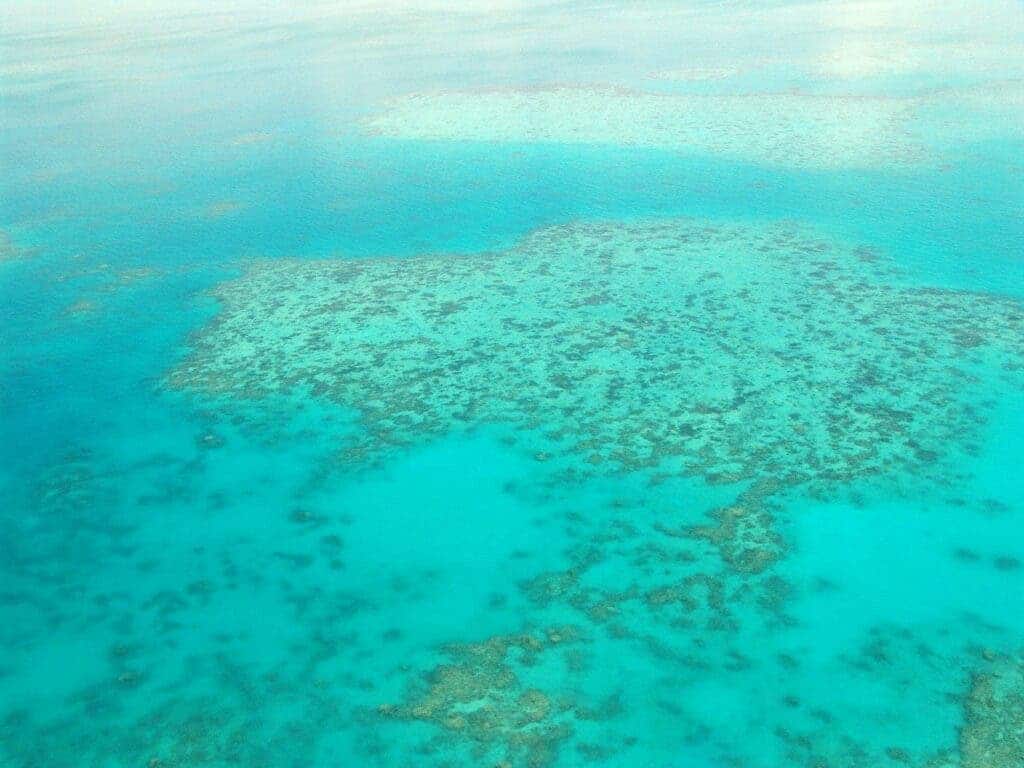The Great Barrier Reef is experiencing “mass bleaching”, Australian authorities said Friday, with bleaching recorded at multiple reefs across a large area of the natural system.

The largest coral reef system in the world is buckling under the effects of climate change — again. According to Australia’s Reef Authority, the fourth mass bleaching event is occurring right as we speak in the reef system. The event is taking place despite the ongoing cooling effect of the La Nina phenomenon on local climate systems.
Bleaching again
“The bleaching observed from the air was largely consistent with the spatial distribution of the heat stress experienced,” the Reef Authority explains of the situation. “Coral bleaching has been observed at multiple reefs in all four management areas (the Far Northern, Cairns–Cooktown, Townsville–Whitsunday and Mackay–Capricorn), confirming a mass bleaching event, the fourth since 2016.”
“Weather patterns over the next couple of weeks continue to remain critical in determining the overall extent and severity of coral bleaching across the Marine Park.”
The announcement was made possible by aerial surveys which scoured the area, and confirmed that bleaching is ongoing at several sites across the Great Barrier Reef. The ecological impact of this event cannot be understated; the system is composed of some 2,500 individual reefs and more than 900 islands, harboring around 1,500 species of fish and 4,000 types of mollusc.
Bleaching takes place when corals are placed under sustained temperature-induced stress, and consists of the corals expelling their symbiotic algae. Individual bleaching events are damaging for these animals, but repeated bleachings can wipe out whole reefs, as coral populations need a long time to develop and are thus slow to recover. Mass bleaching events are a threat to whole areas of marine life, as coral reefs are a key contributor of food and shelter in their ecosystems.
Despite the high levels of stress that the corals in the Great Barrier Reef are experiencing, the Reef Authority says they can still recover if conditions improve.
The event took place four days after the United Nations embarked on a monitoring mission to see whether the reef, a World Heritage site, is being protected from climate change. This is a step taken in order to determine whether the World Heritage Committee (WHC) should list the site as “in danger”, a decision to be taken in June. Last July, the WHC decided against listing the Great Barrier Reef as being “in danger”, a decision that came as a genuine surprise, given that UNESCO advised for it to be listed as such a few weeks earlier.
The mass bleaching event is occurring as the world’s oceans reach record-high average temperatures, says Amanda McKenzie, chief executive of Australian climate.
“Unfortunately, as more severe bleaching is reported across our beloved Great Barrier Reef, we can see these devastating events are becoming more common under the continuing high rate of greenhouse gas emissions,” she said. “To give our Reef a fighting chance, we must deal with the number one problem: climate change. No amount of funding will stop these bleaching events unless we drive down our emissions this decade.”
Estimates of the importance of coral reefs point to them underpinning a quarter of marine wildlife overall, and the livelihoods of more than half a billion people worldwide. Should temperatures continue to rise, and reefs continue to bleach, all of them will be forced to find another way to live, with dramatic and tragic results inevitable.






